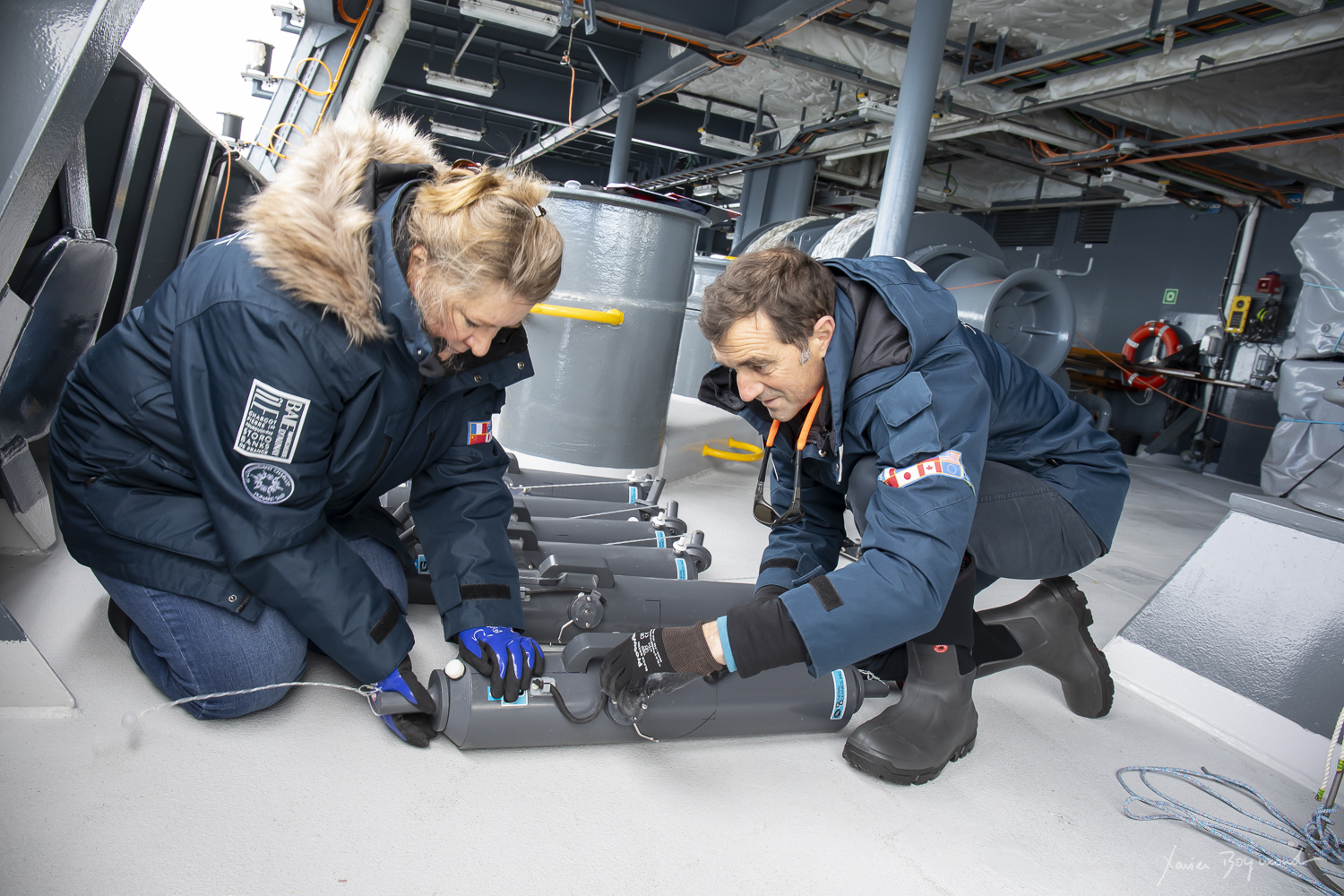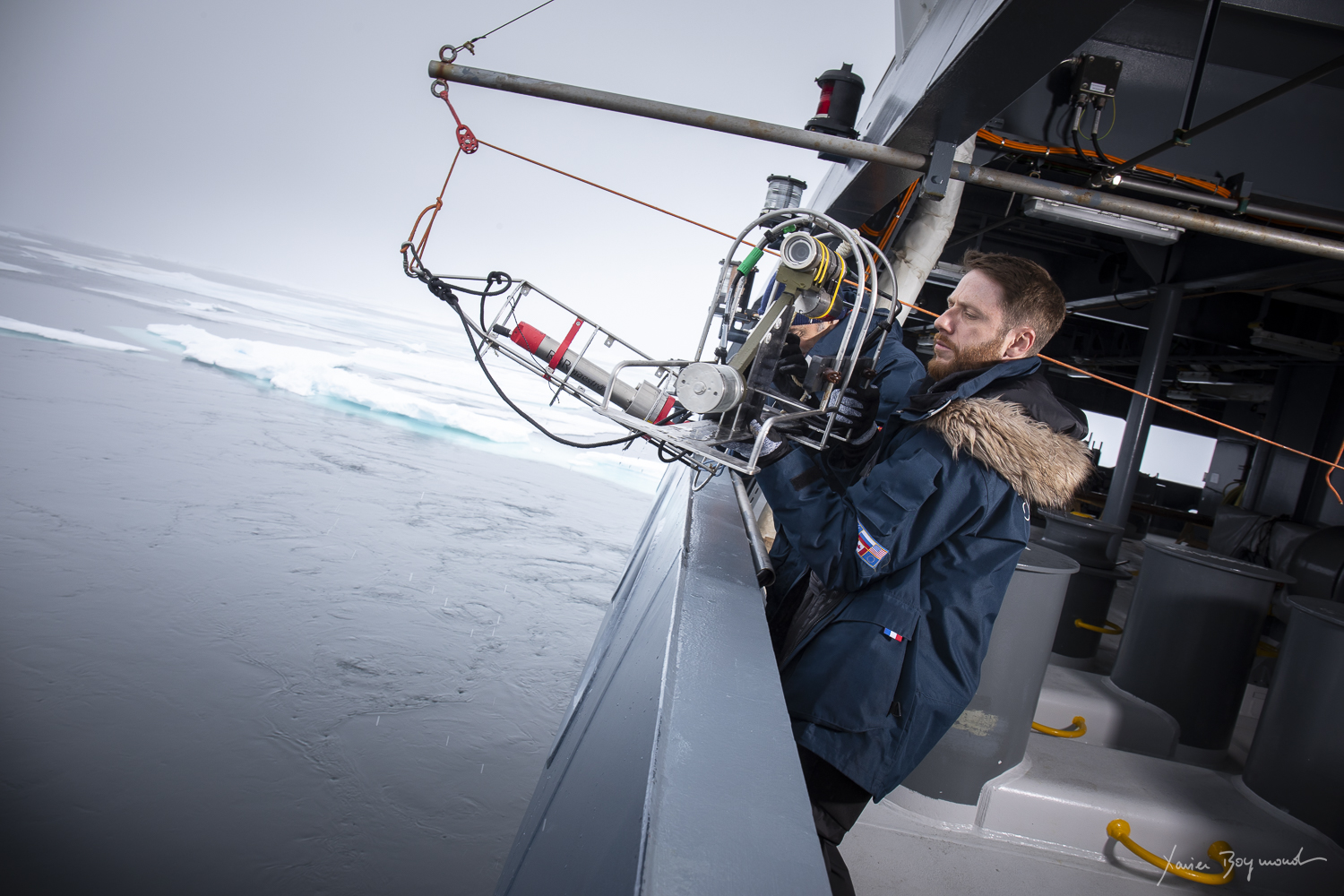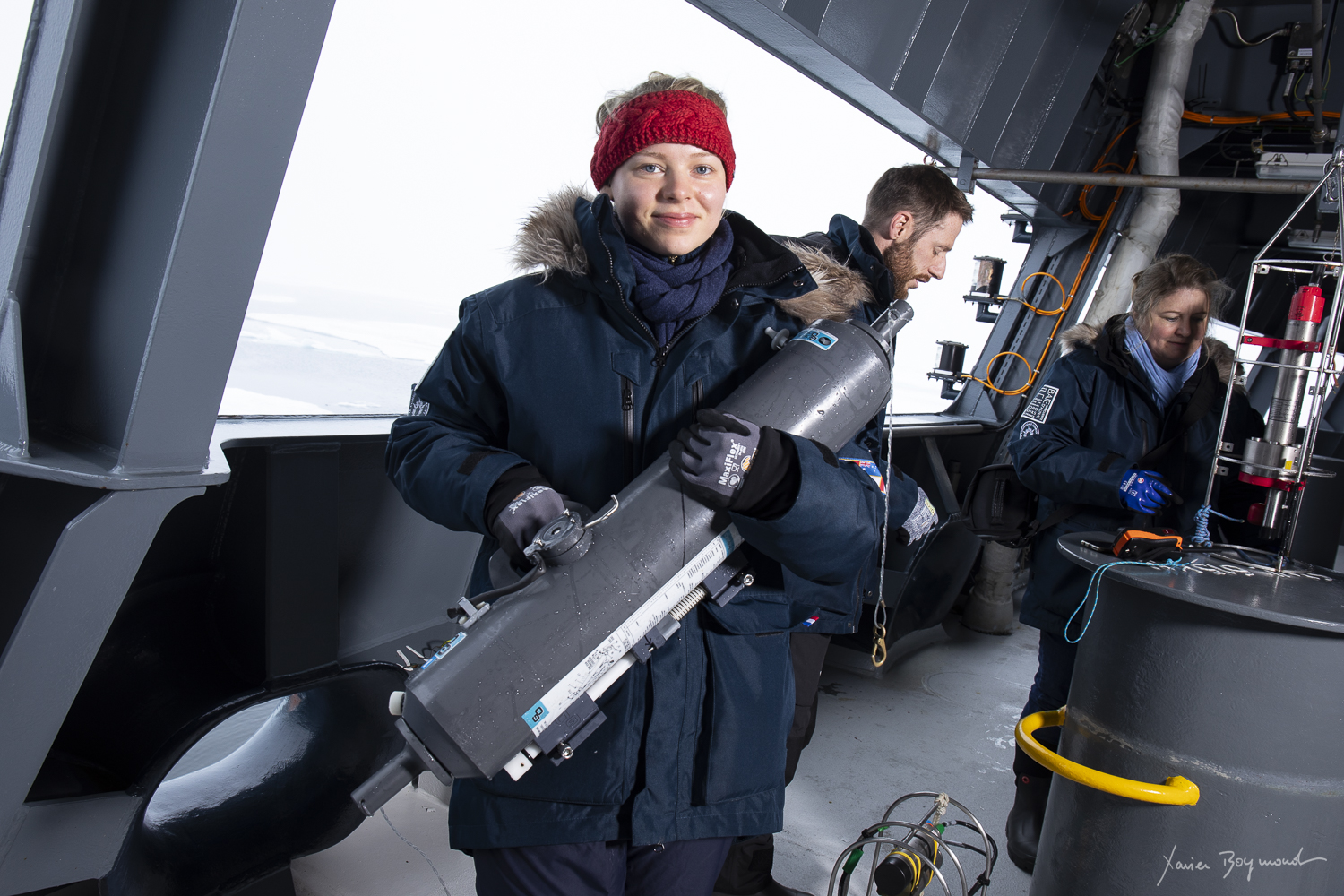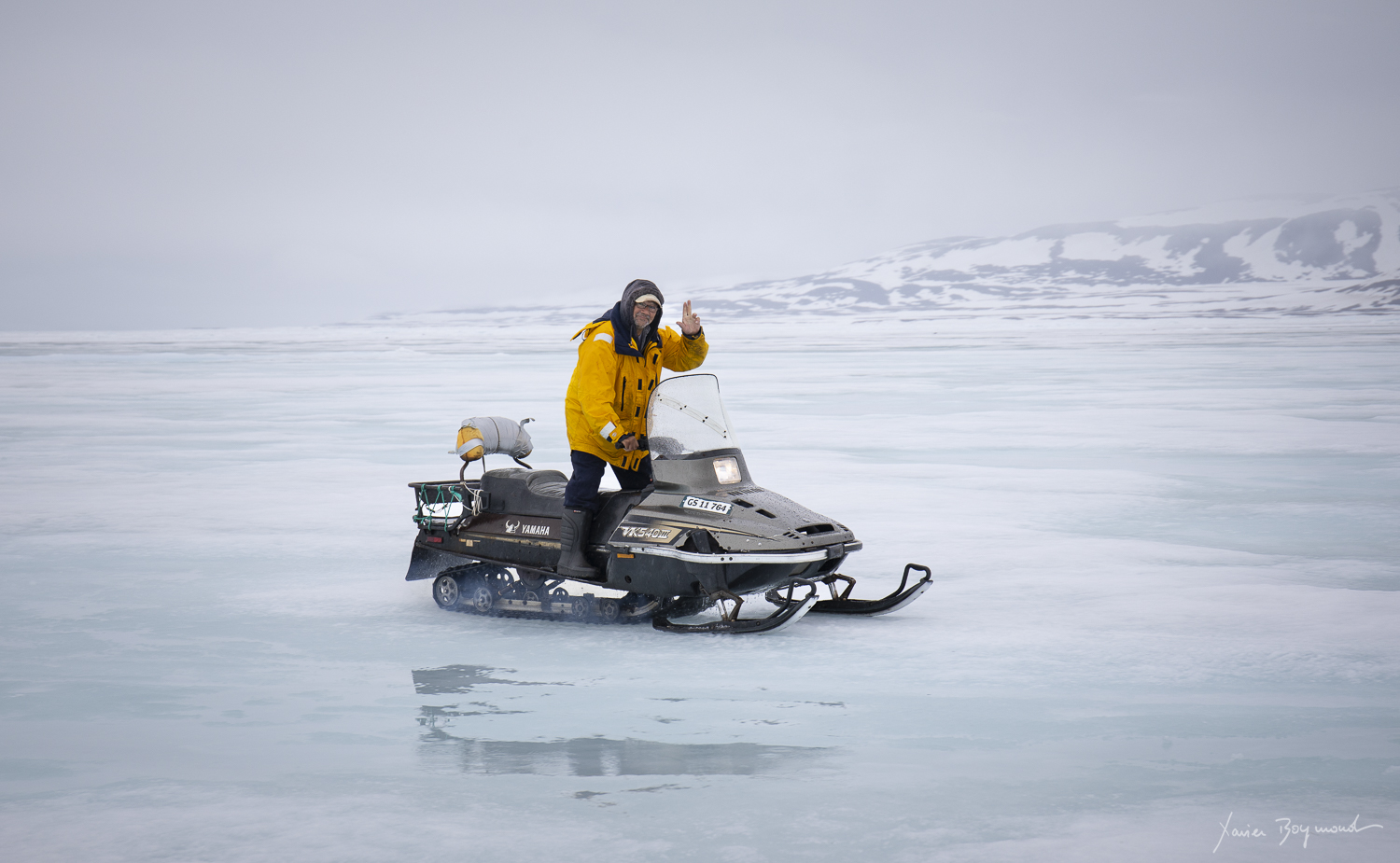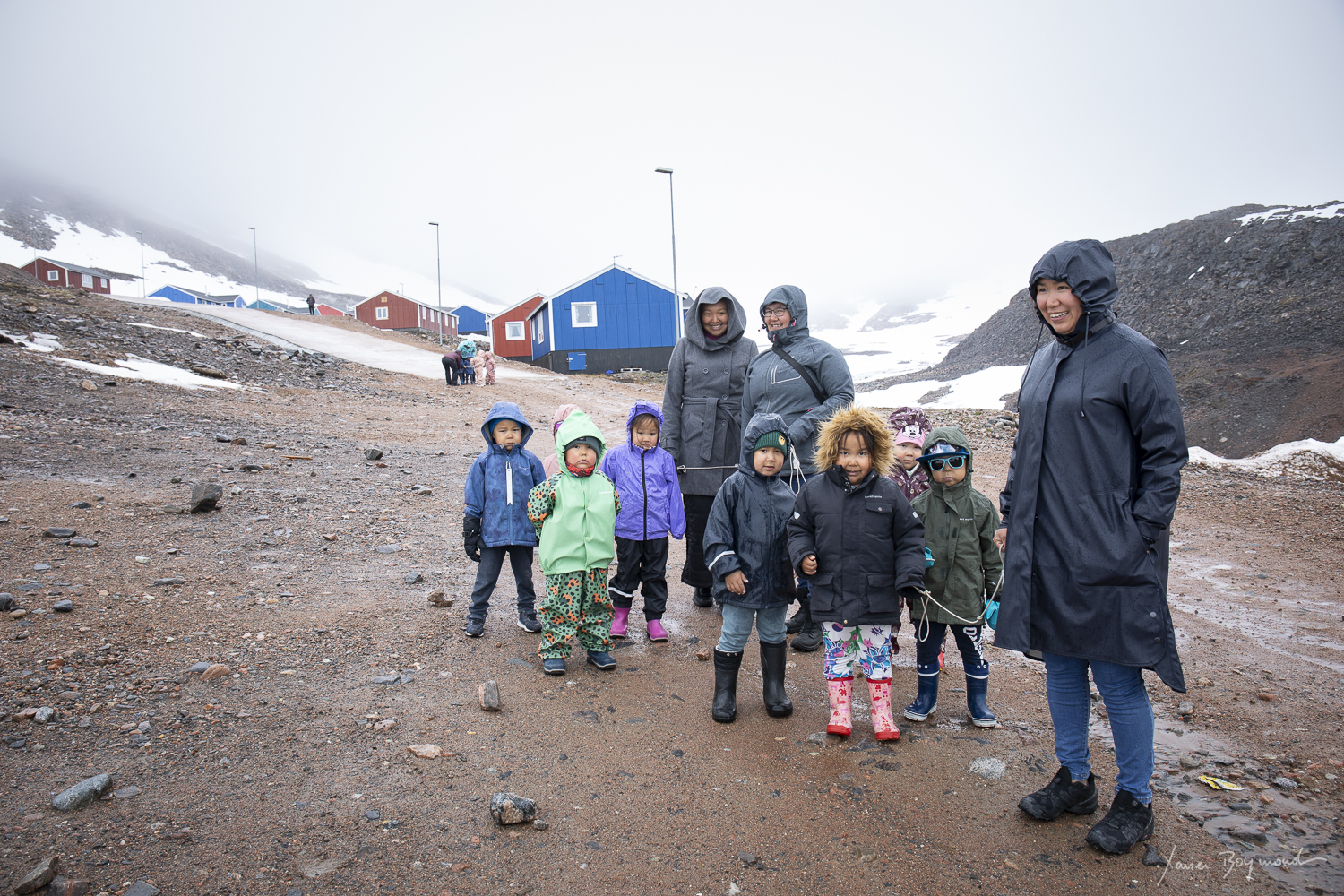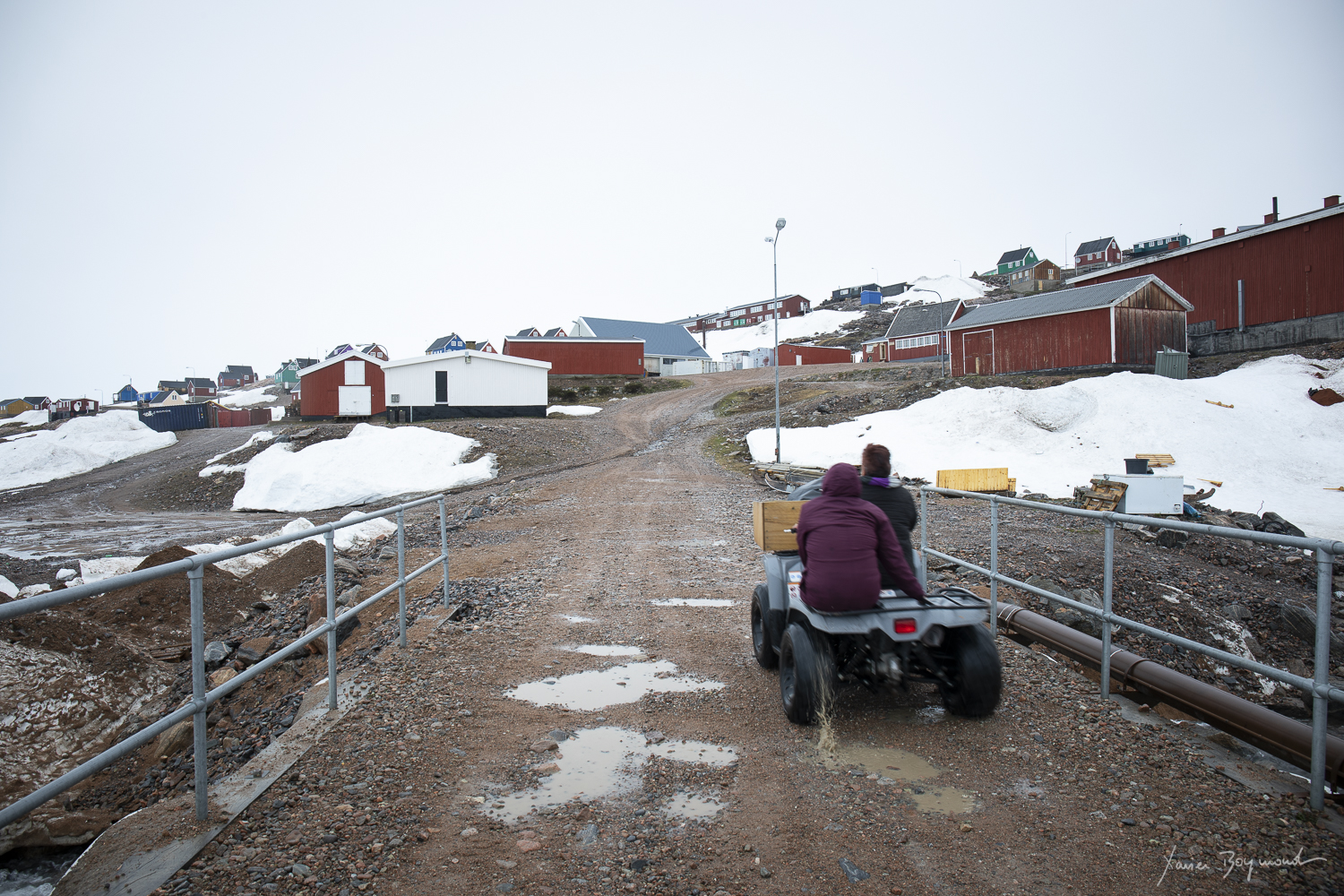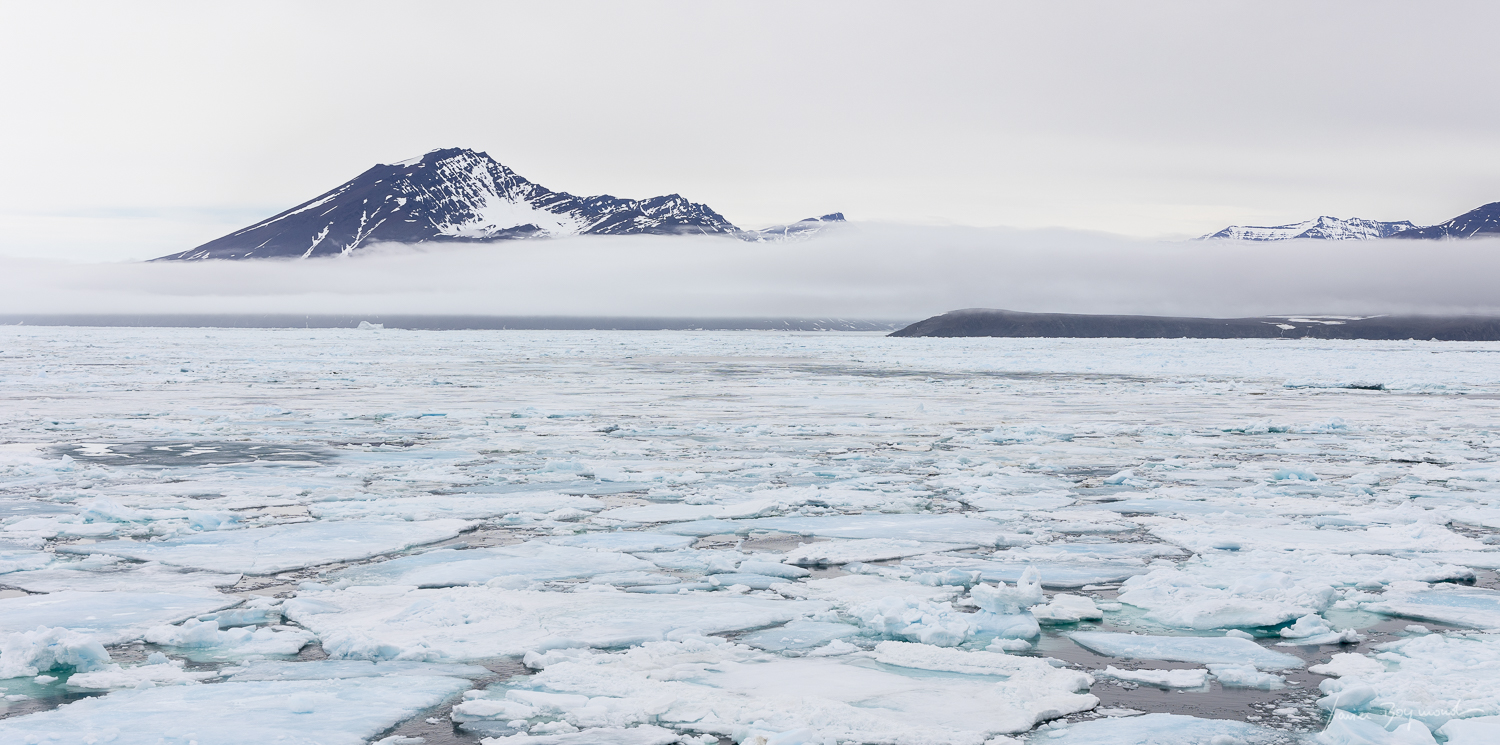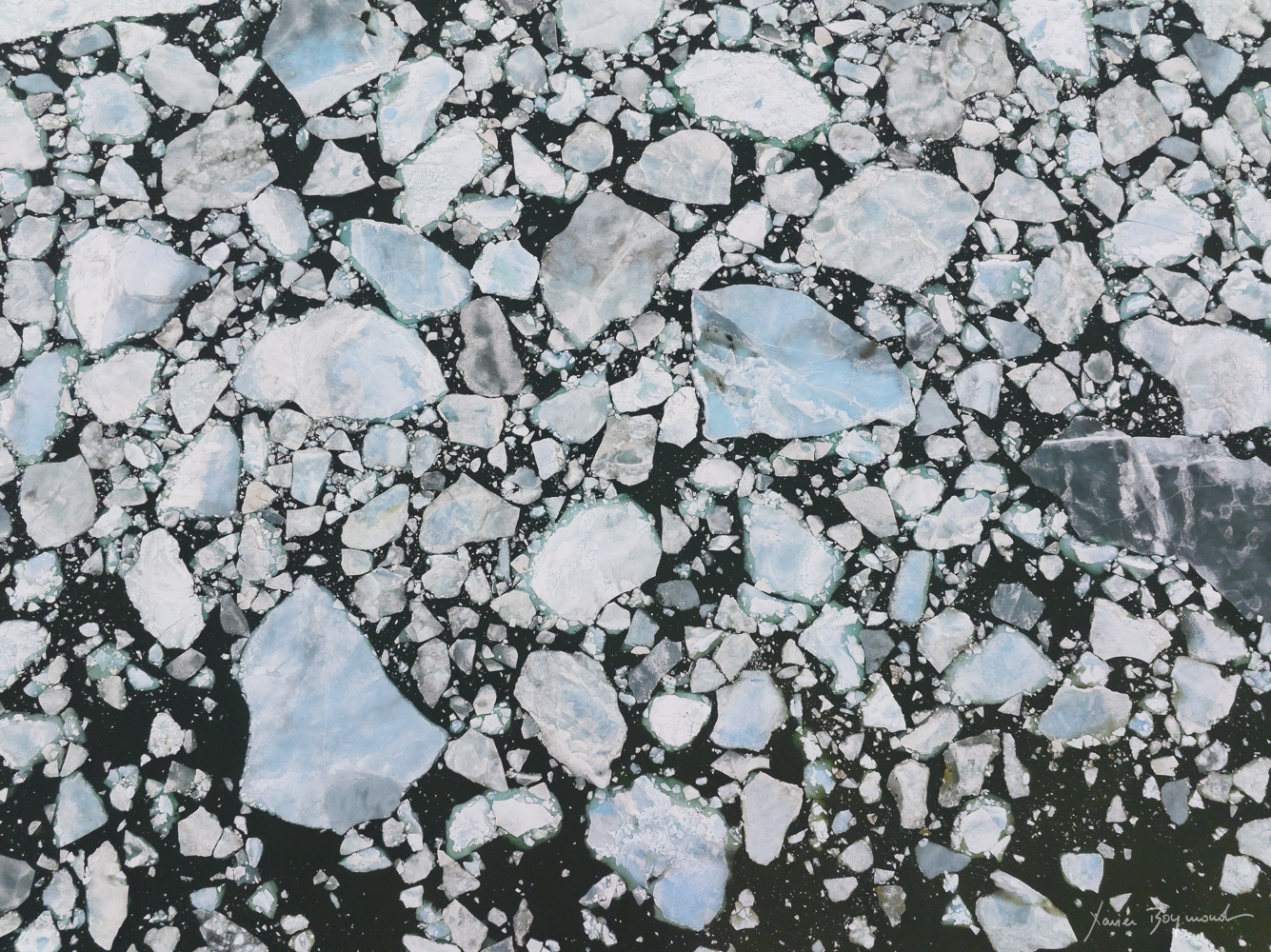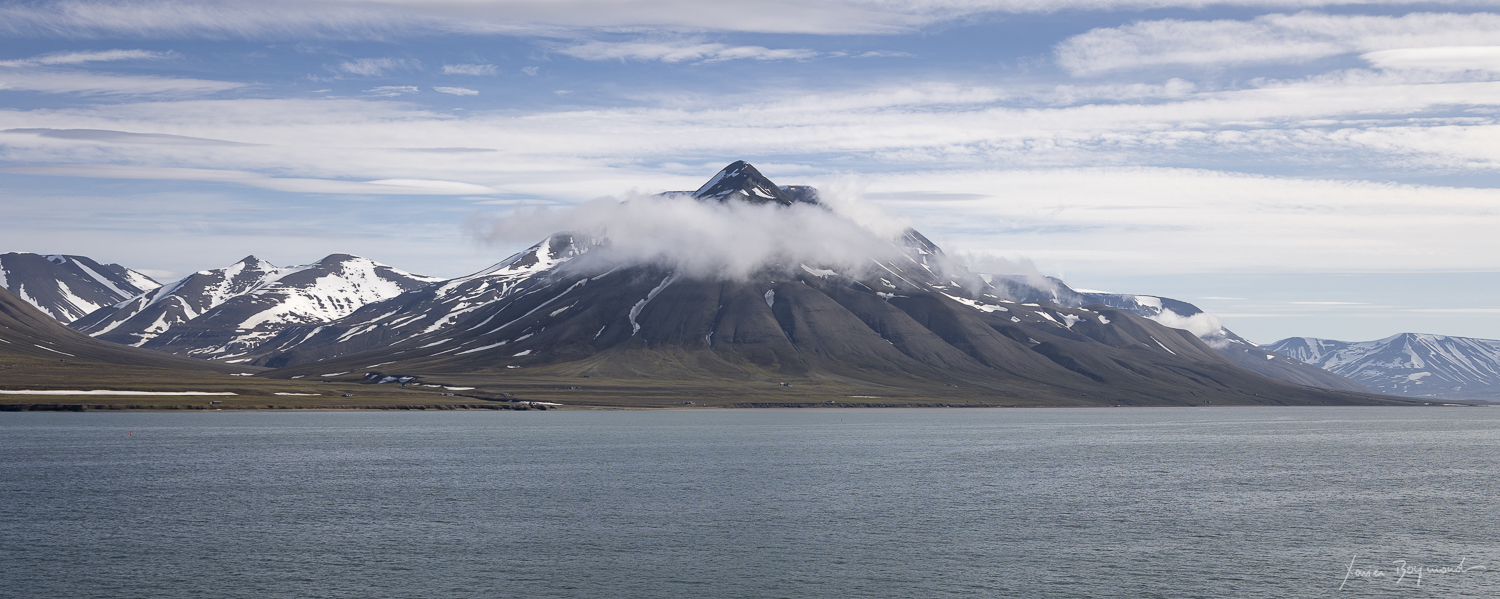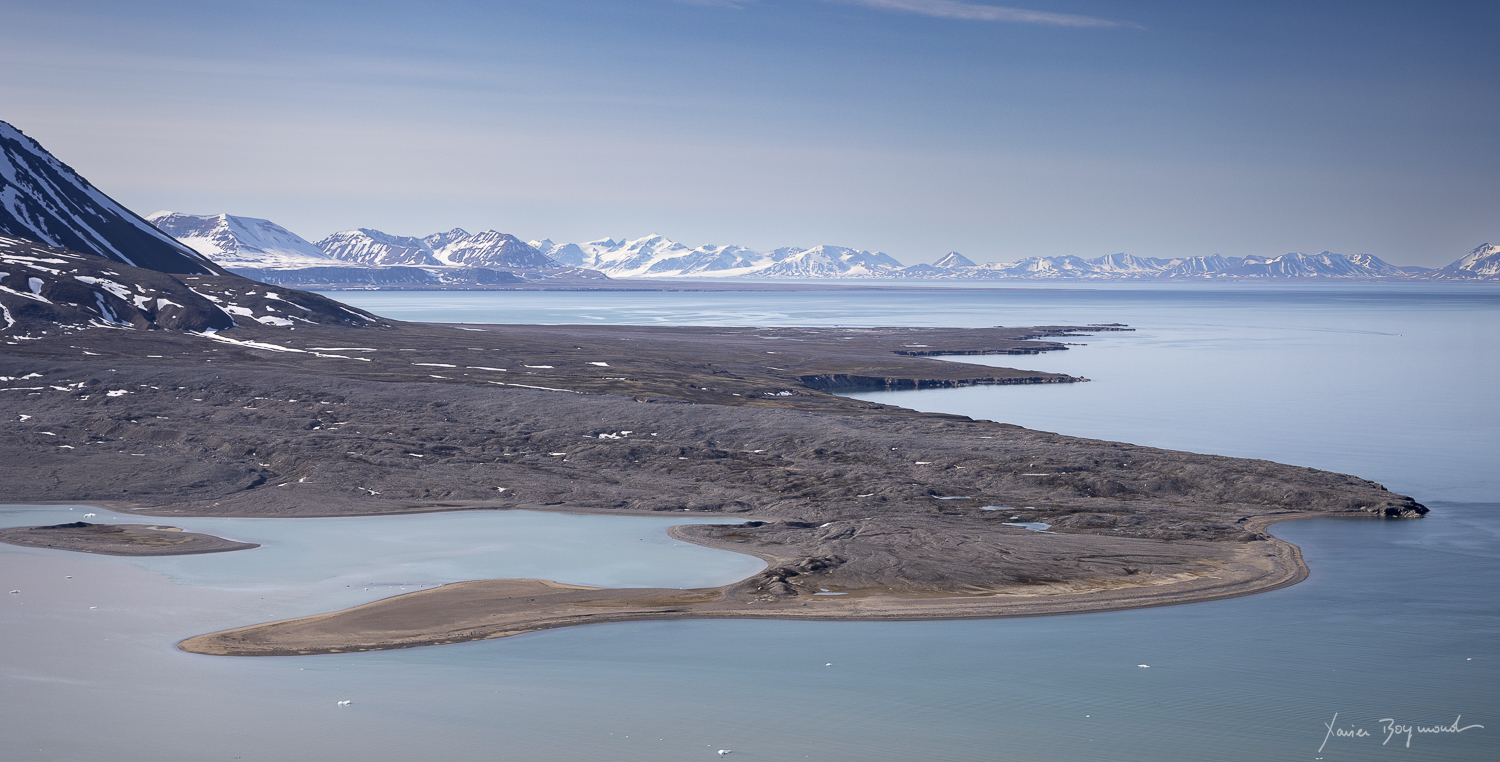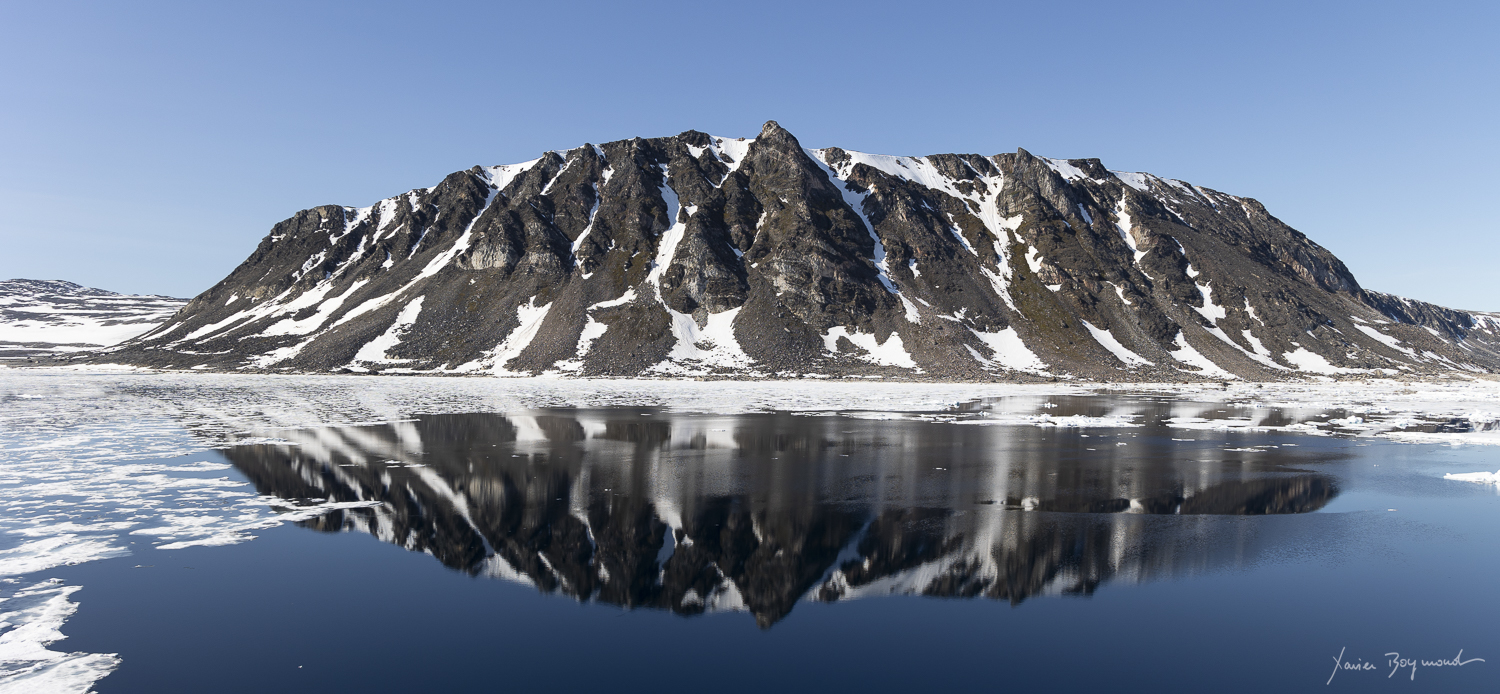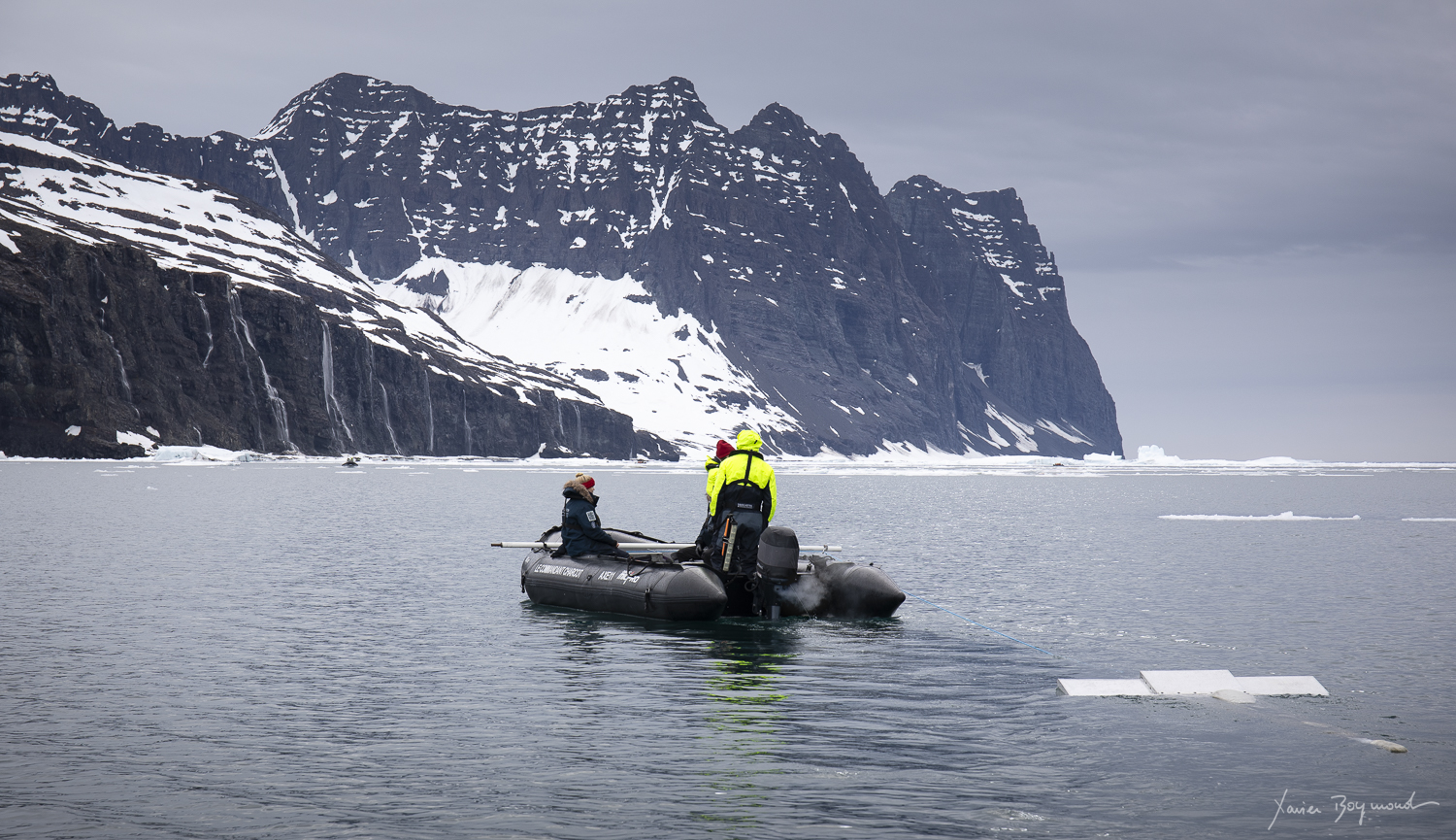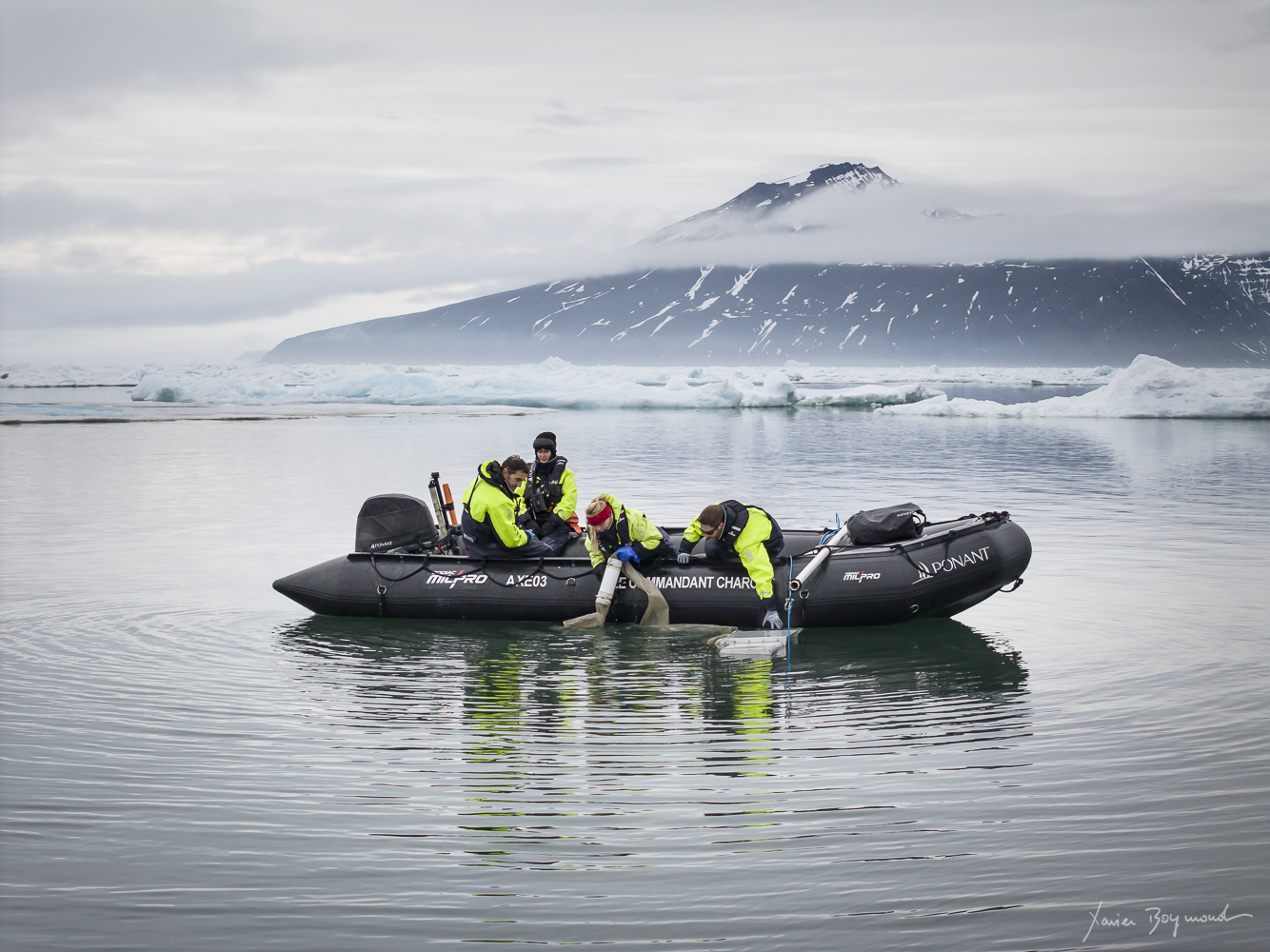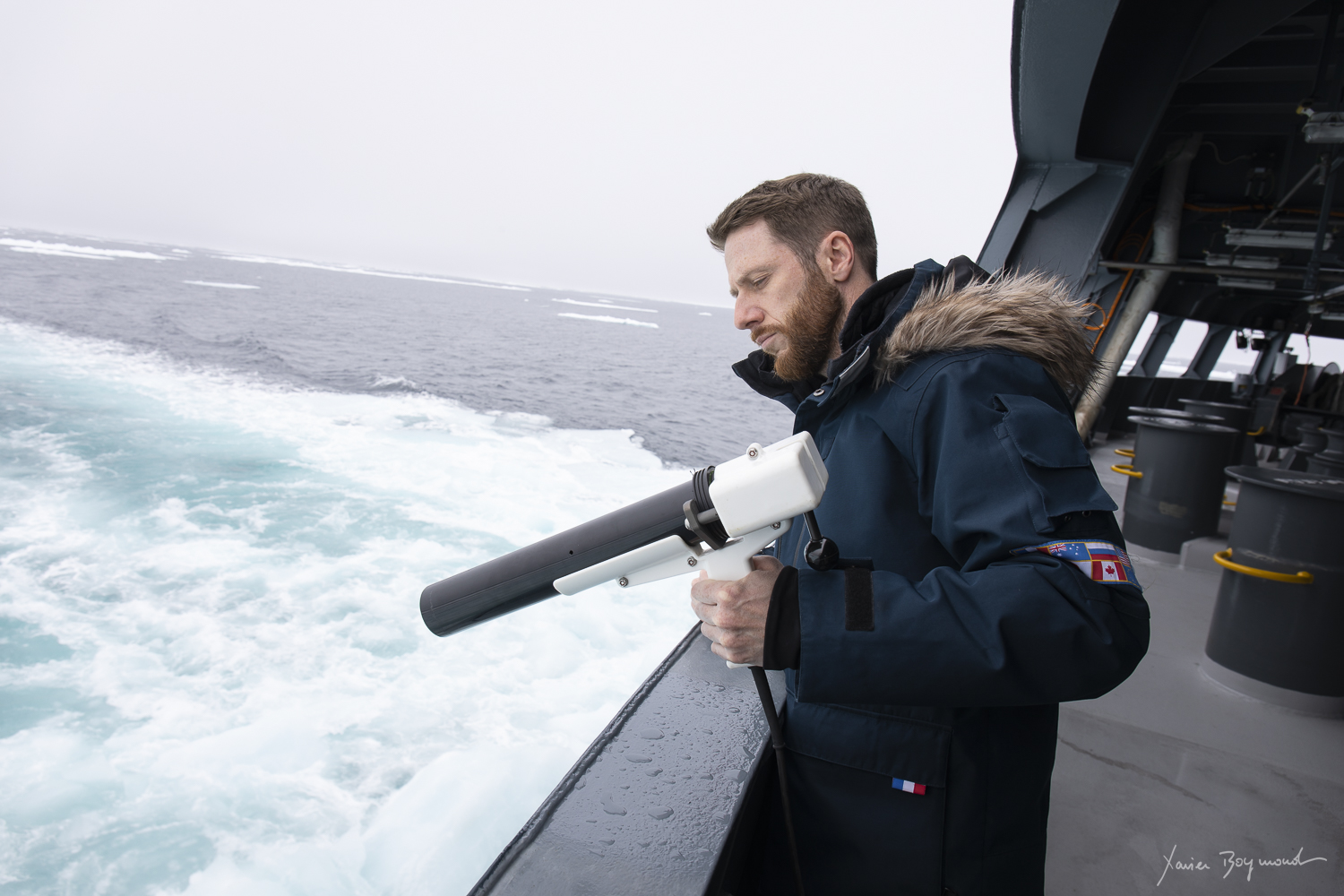Ocean Observing Awareness Campaign
Part 3: Arctic Ocean Observing
 The third segment of the EU4OceanObs ocean observing awareness campaign focuses on Arctic Ocean observation. With the rapid warming of the Arctic, estimated at four times faster than the rest of the planet in recent decades, Arctic sea ice and the Greenland ice sheet are declining faster than ever, and permafrost across the Arctic is increasingly thawing. Hitting local communities the hardest, the consequences are global. From accelerating temperature rise to contributing to sea level rise, disturbing weather systems, and leading to the destruction of ecosystems. Intensifying the monitoring of this vulnerable region and prediction of its future state is more than ever needed to inform mitigation and adaption actions and rapidly increase conservation efforts.
The third segment of the EU4OceanObs ocean observing awareness campaign focuses on Arctic Ocean observation. With the rapid warming of the Arctic, estimated at four times faster than the rest of the planet in recent decades, Arctic sea ice and the Greenland ice sheet are declining faster than ever, and permafrost across the Arctic is increasingly thawing. Hitting local communities the hardest, the consequences are global. From accelerating temperature rise to contributing to sea level rise, disturbing weather systems, and leading to the destruction of ecosystems. Intensifying the monitoring of this vulnerable region and prediction of its future state is more than ever needed to inform mitigation and adaption actions and rapidly increase conservation efforts.
“Climate change is taking its toll on the Arctic, the environment, and its people. Taking action now will help us restore the balance we have lost and save the region from the devastating effects of climate change. It is our responsibility to take care of the Arctic and of the people who live there, now and in the future.”
Virginijus Sinkevicius, European Commissioner for Environment, Oceans and Fisheries.
The EU4OceanObs Arctic series will raise awareness on the need for sustained and comprehensive in situ observations in the Arctic (complementing satellite observations and numerical modelling) to improve our knowledge of the current state of the Arctic and better predict its changing state. At the same time, the campaign highlights the European Union’s (EU) strong commitment to Arctic Ocean observing showcasing various EU-supported observation networks, programmes and projects is supporting the monitoring of the Arctic marine environment, including partnerships with different sectors. From measuring ocean deoxygenation and ecosystem changes such as loss in plankton to monitoring marine litter, the communication campaign uses photography, storytelling and videos to illustrate the Arctic ecosystem and examples of measurements to understand climate change/anthropogenic impacts.

Studying the polar regions, however, presents unique challenges. The Arctic’s extreme and volatile conditions, its remoteness, and its vast size all contribute to the formidable obstacles faced by researchers. “But we know that understanding the transformations occurring in the Arctic is crucial to predicting global climate trends and safeguarding marine ecosystems, says Dr. Véronique Garçon of the Global Ocean Oxygen Decade (GOOD) programme. “The deep waters of the Arctic form part of the global ‘conveyor belt’ of ocean circulation, influencing deep water masses worldwide. Therefore, sampling in the Arctic is also essential for understanding changes in deep waters.”
Within the context of this communication campaign, EU4OceanObs contracted photographer Xavier Boymond to accompany the GEOMAR/ Global Ocean Oxygen Decade (GOOD) Programme science team expedition to Svalbard, north of the Arctic circle, in July 2023 on board the state-of-the-art icebreaker – le Commandat Charcot. This exceptional collaboration is supported by the partnership between the EU Arctic Research Icebreaker Consortium (ARICE) and PONANT SCIENCE. Started in 2021, over the course of five years, the partnership will enable science teams to travel to the Arctic and conduct experiments (sampling, lab work, data analysis) on board le Commandat Charcot.
Articles
EU4OceanObs worked with scientific journalist, Kira Coley, to prepare a series of articles, illustrated by footage by photographer Xavier Boymond, seeking to tell a story about joint European efforts to observe what is happening in the Arctic, within the context of the GEOMAR/GOOD programme/ARICE/ PONANT partnership. Through the articles, readers will be able to journey out into the Arctic and understand some of the biggest challenges this vulnerable yet critical ecosystem for our planet is facing as well as the difficulties of such scientific undertakings. The audience will also get a first-hand impression from scientists involved and get acquainted with some of the human faces and diversity of profiles behind Arctic Ocean observation and science in the EU.
Click on the titles below to access each article.
Videos
The videos below provide insight into the European Union’s commitment to Arctic Ocean Observing by highlighting the EU’s Arctic Policy and observation programmes, services, data infrastructures and projects all working to enhance monitoring and forecasting of the Arctic marine environment.
Disclaimer: The videos were produced by each initiative highlighted and not by EU4OceanObs.
EU Arctic Policy
The EU Polar Cluster
How the EU’s Copernicus Marine Service supports Arctic monitoring
EU project Arctic PASSION interview with Margareta Johansson on Arctic observations
Introducing the European Polar Board
Photo Gallery
Supported by EU4OceanObs, Xavier Boymond, a professional photographer followed a team of scientists from the GEOMAR Helmholtz Centre for Ocean Research as they carried out research on board the icebreaker, Le Commandant Charcot, from Iceland to the east coast of Greenland and to Svalbard in June 2023. This campaign is part of a larger science project of the Global Ocean Oxygen Decade programme of the UN Decade of Ocean Science for Sustainable Development and the Integrated Marine Debris Observing System. Boymond’s photography seeks to capture the Arctic’s pristine and fragile environment, its people and the scientists sampling different measurements to measure the Arctic’s state and over the long-run changing ecosystem dynamics.
Acknowledgements
The communication campaign was funded by the European Union through the EU4OceanObs Foreign Policy Instrument (FPI) Action. Coordinated by EU4OceanObs in close collaboration with scientific journalist Kira Coley and photographer Xavier Boymond, and the GEOMAR/GOOD Science Team. We would like to thank everyone who participated in the campaign, and agreed to be interviewed and advise the project along the way – all experts and researchers from the Global Ocean Oxygen Network (GO2NE), the Global Ocean Oxygen Decade (GOOD) initiative, GEOMAR, Mercator Ocean International, Ponant Science, IOC UNESCO, the European Commission, members from the Inuit communities visited, among many others.
(c) Mercator Ocean International. Nov 2023.
Useful links
- EU Arctic Ocean observing: https://www.eu4oceanobs.eu/regional_initiatives/arctic/
- EU Arctic Policy 2021: https://www.eeas.europa.eu/eeas/eu-arctic_en
- Copernicus Arctic Hub: https://www.arctic.hub.copernicus.eu/
- European Polar Board: https://www.europeanpolarboard.org/
- EU Polar Cluster (https://www.polarcluster.eu) – a collaboration of Arctic and Antarctic projects funded by the European Union, and two permanent members, the European Polar Board and SIOS. Download the EU Polar Cluster fact sheets with information on 20 on-going projects and 6 recently completed projects.
- Copernicus powered polar monitoring: https://www.copernicus.eu/en/news/news/observer-copernicus-powered-polar-monitoring-helps-deliver-eus-arctic-agenda
- EU-funded H2020 project Arctic PASSION: improving Arctic monitoring, integrating local knowledge for stronger preservation efforts: https://www.eu4oceanobs.eu/arctic-passion-improving-arctic-monitoring-integrating-local-knowledge-for-stronger-preservation-efforts/
- Integrated Marine Debris Observing System (IMDOS): www.imdos.org







